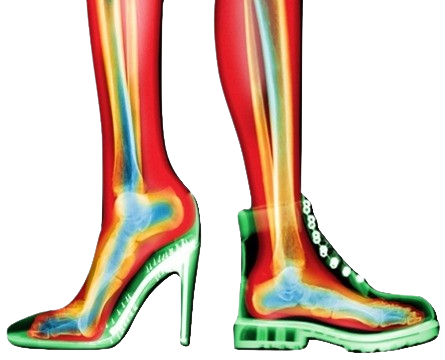Plantar Fat Pad Atrophy
Plantar Fat Pad Atrophy
Plantar fat pad atrophy describes the breakdown or thinning of the fat pads on the bottom of our feet. These fat pads work to provide cushioning to the bones of our feet and help absorb forces as our feet take on heavy loads each day. Without these, the bones are placed under significantly more pressure and are more susceptible to injury. Plantar fat pads are located at the heel and at the ball of the foot.
What causes plantar fat pad atrophy?
The progressive thinning of fat pads occurs as we grow older, though this should not cause any issues until the late years. Other causes may include:
- Genetic predisposition
- Abnormal structure of positioning of the bones of the foot that damages the fat pad beneath
- Conditions such as diabetic neuropathy
- Surgery or trauma such as fractures
- Certain medications
- Shoes that place more pressure on the fat pads such as high heels, or walking in bare feet
Fat pads may also become displaced from where they are needed most to other areas of the foot.
What are the symptoms?
When plantar fat pads are thinned or broken down, the bones will start taking on a much heavier load and the feet will not be able to absorb shock as effectively. This can cause:
- Pain and tenderness in the overloaded bones
- Inflammation
- Formation of callus and/or corns
- Ulceration
- The skin may feel thinner
- Bones may be more prominent and may feel like you’re walking on a small stone
How is it treated?
Because the damage and thinning to the plantar fat pads is largely irreversible, treatment focuses on providing the feet with the missing cushioning and shock absorption. This is often done through a combination of cushioning orthotics and good footwear. Avoiding activities that exacerbate the symptoms such as walking in bare feet and maintaining a healthy weight will also reduce the load from your feet and minimise the onset of painful symptoms. Your podiatrist will create a tailored treatment plan based on the cause of your plantar fat pad atrophy, your symptoms, and daily activities.
Recent Posts
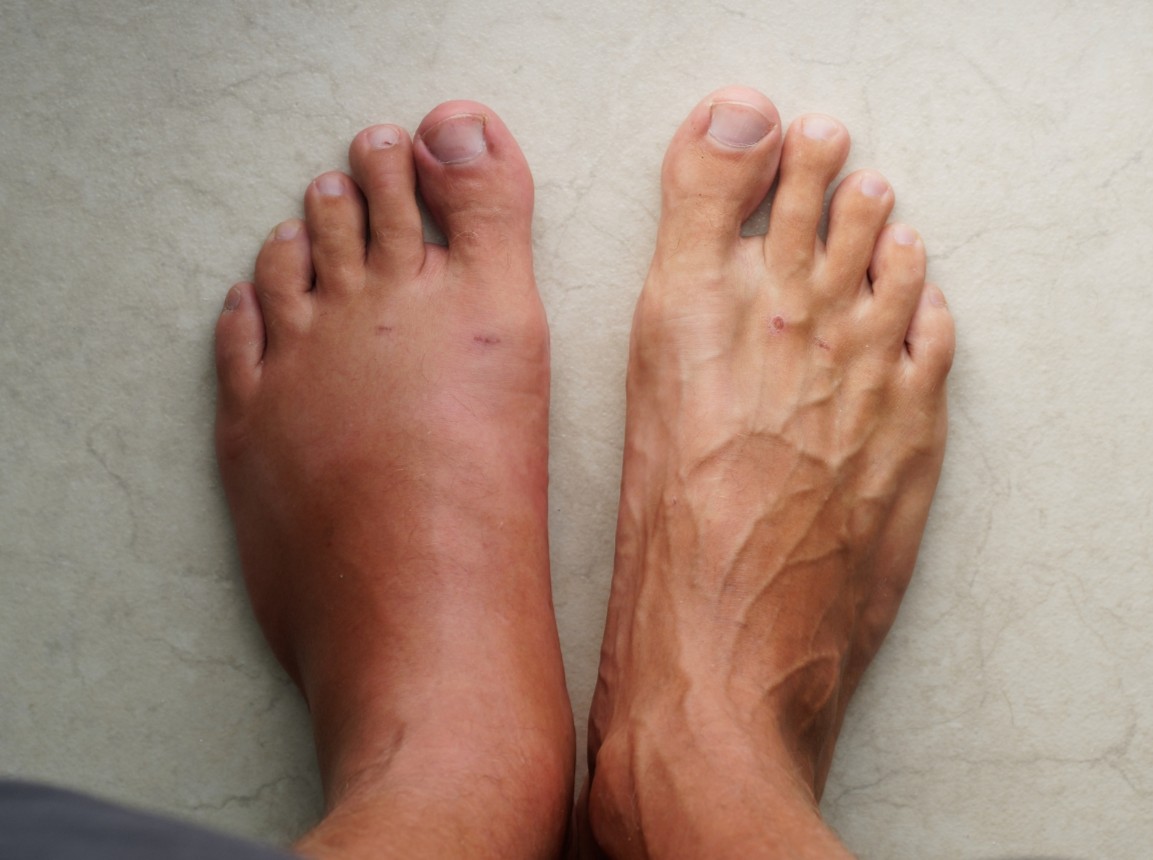
Why Are My Feet and Ankles Swollen? 6 Possible Reasons You Should Know
We’ve all had those days — you come home after hours on your feet, kick off your shoes, and notice your ankles look puffier than usual.
Swelling in the feet, ankles, or legs (known medically as edema) isn’t always a reason to panic. It can be as simple as a
salty lunch or a long flight.
But what if it’s happening more often — or seems to be getting worse? Swelling can sometimes be a sign of something more serious. Here’s
what could be going on and when to check in with your doctor.
Read more
.jpg)
Stepping Into Health: Celebrating International Podiatry Day
Every year on October 8th, the world celebrates International Podiatry Day - a day dedicated to
raising awareness about foot health and the vital role that podiatrists play in our overall well-being.
Read more
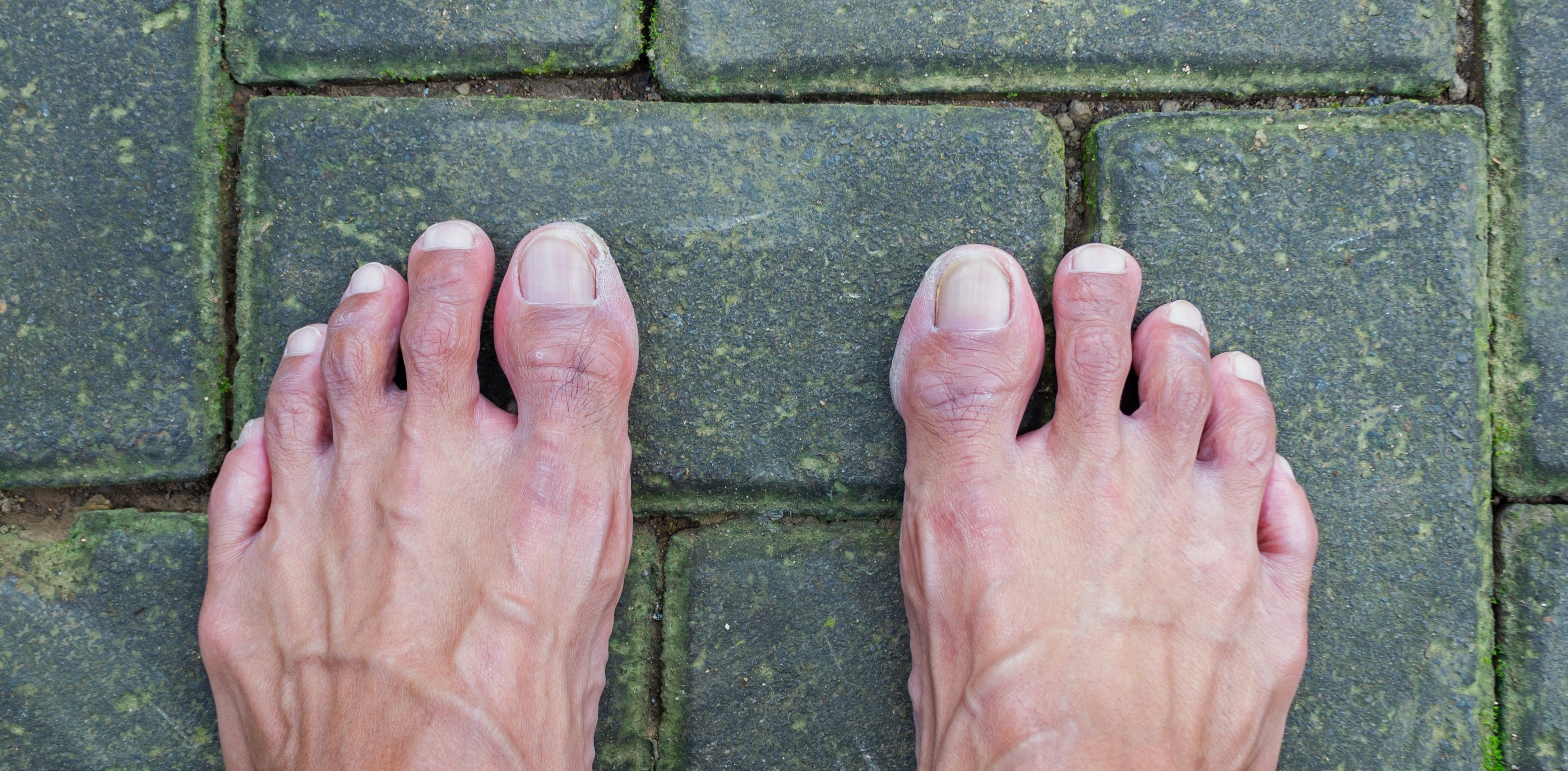
Barefoot or Shoes? The Debate for Kids and Athletes
There’s been a lot of buzz about going barefoot. Some say it helps strengthen feet and improves performance, while others warn it can do more harm than good. The truth? It depends on the person, the surface, and how it’s done.
Read more
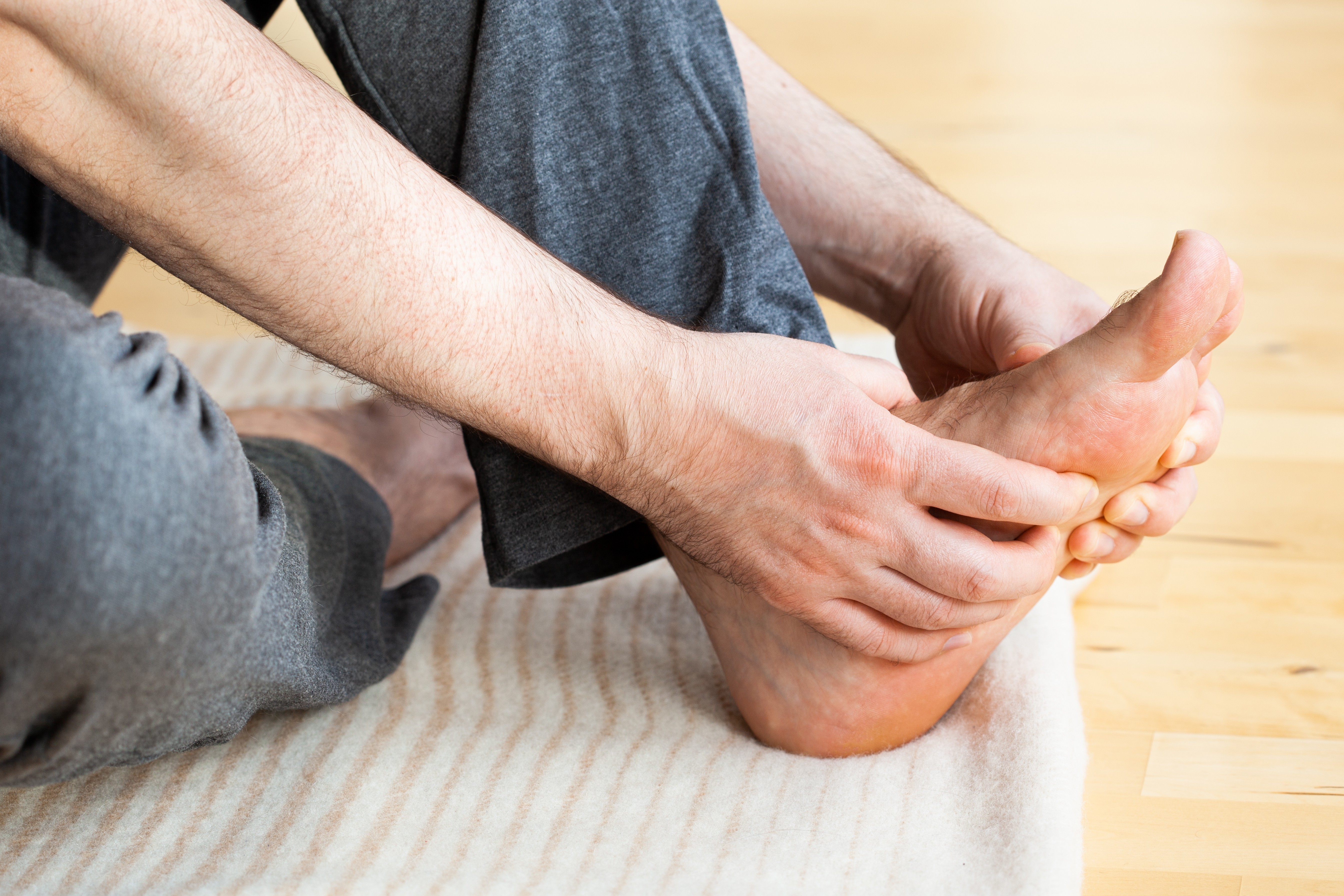
Effective Verruca Treatment: How Conservative Care Can Help All Ages
At Perform Podiatry, we specialise in conservative, evidence-based treatments that are safe, effective, and suitable for patients of all ages. One of the most successful options we offer is high-strength salicylic acid therapy.
Read more
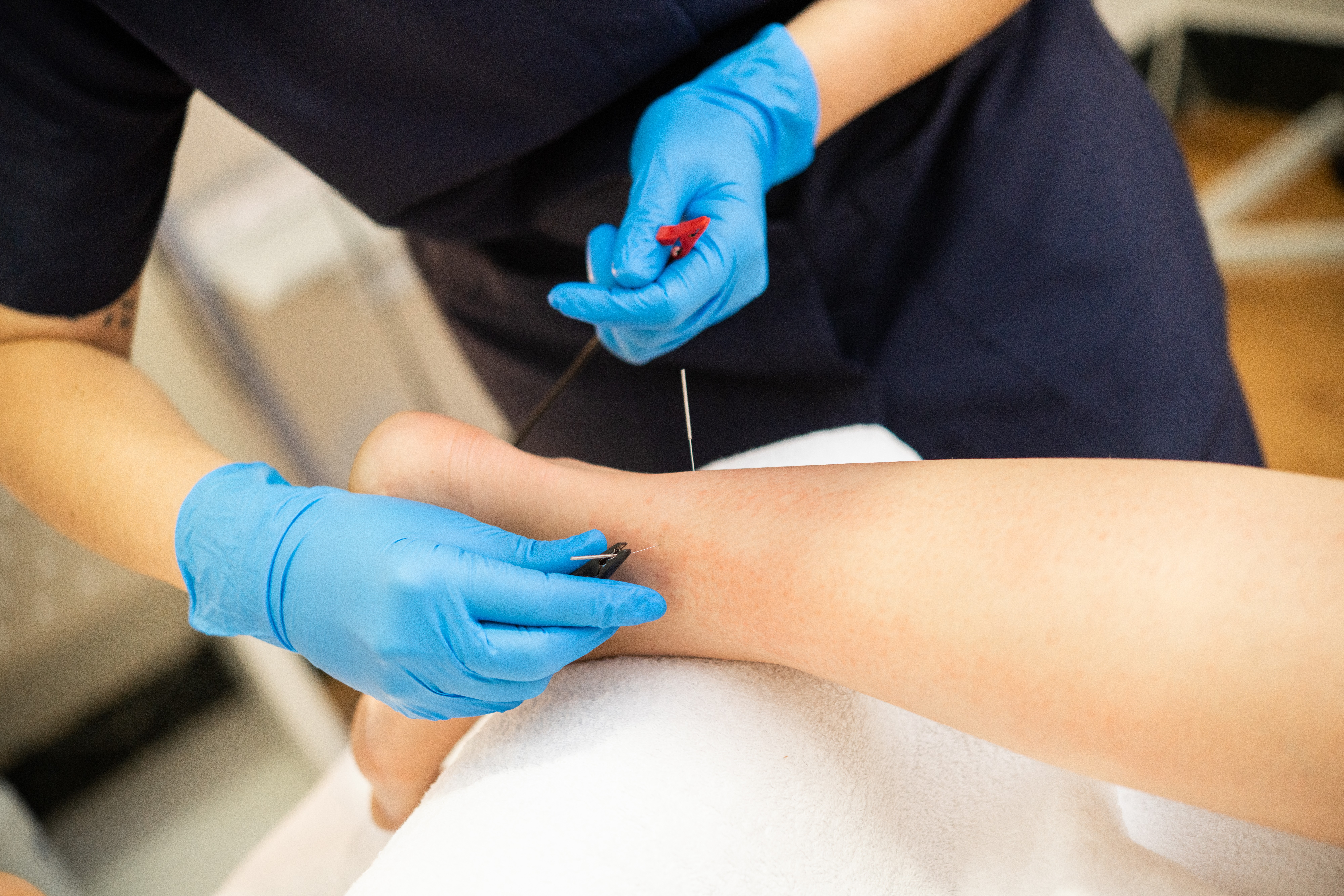
Acupuncture and Podiatry: A Modern Approach to Foot & Ankle Care
When most people think of podiatry, they picture orthotics, skin/nail care, or sports injury treatment. But podiatry isn’t just about what’s
happening mechanically in your feet, it’s also about supporting the body’s natural healing processes.
One treatment that’s gaining popularity in podiatric care is acupuncture — a technique with ancient roots and modern
scientific backing.
Read more
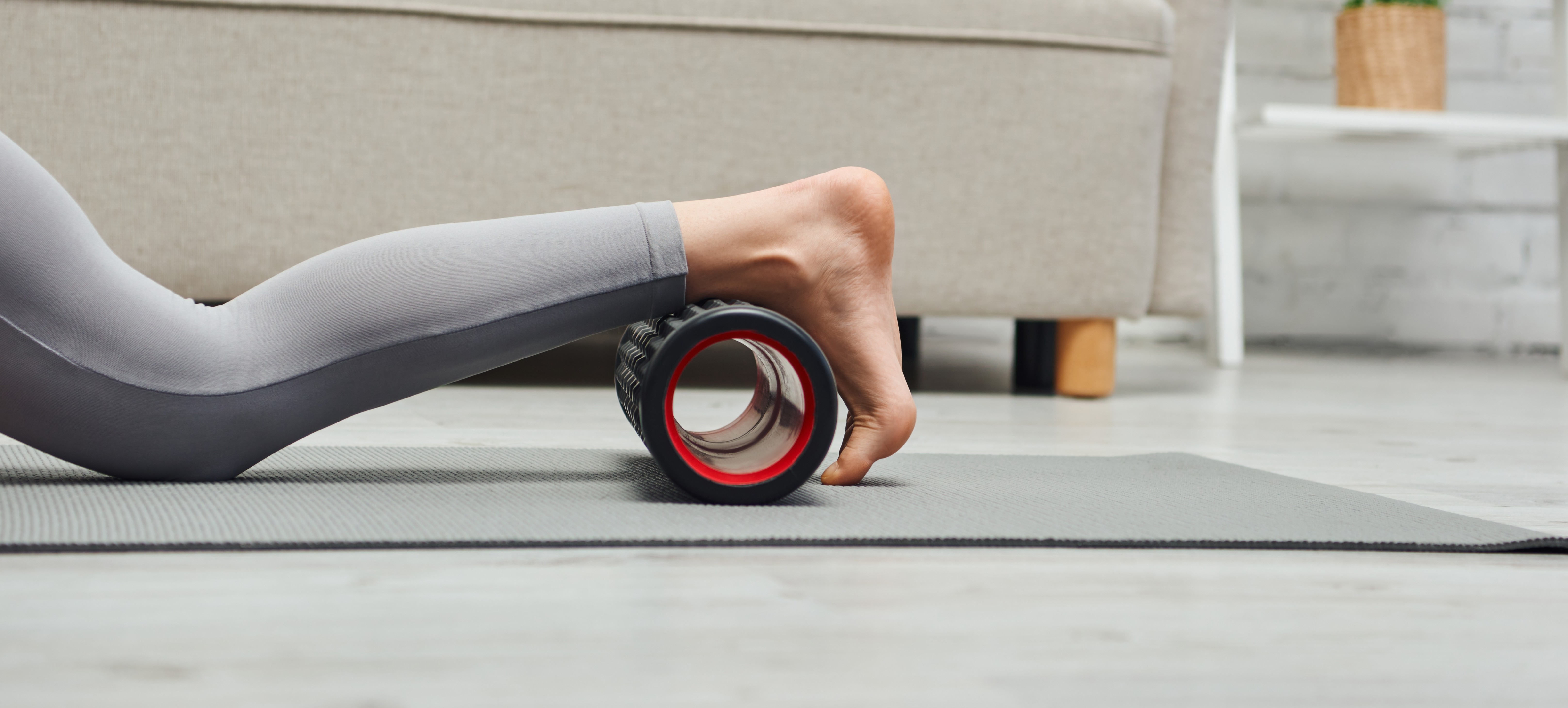
Foam Rolling: A Game-Changer for Foot & Lower Limb Health
Even a few minutes of foam rolling per day can make a significant difference in your lower limb health. Focus on the calves, hamstrings, IT
band, and plantar fascia. Combine with stretching and strengthening for best results.
Read this blog to find out more about the benefits of Foam rolling.
Read more
